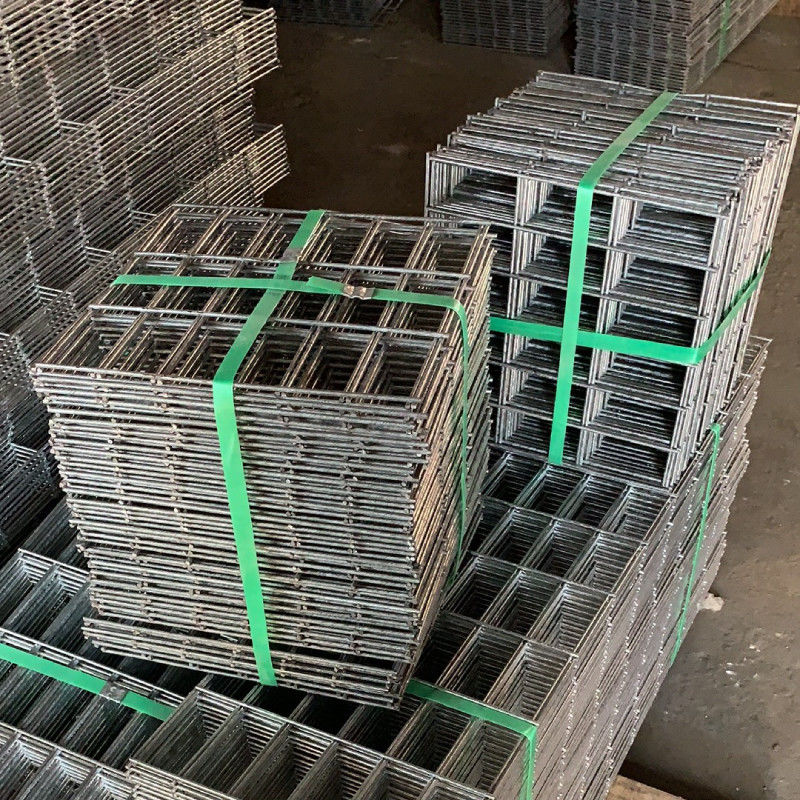
- Mobile Phone
- +8613931874955
- sales@cntcmetal.com
steel extension spring
Understanding Steel Extension Springs Applications, Properties, and Benefits
Steel extension springs are crucial components in various industries and applications, known for their ability to bear tensile loads while returning to their original shape. These coiled, elastic devices are essential in mechanisms where pulling forces are required. Their unique design allows them to store and release energy efficiently, making them indispensable in automotive, aerospace, and industrial equipment, among others. This article delves into the properties, applications, and benefits of steel extension springs, highlighting their importance in modern technology.
Properties of Steel Extension Springs
Steel extension springs are made from high-carbon steel or stainless steel, giving them robustness and durability. The primary characteristic of these springs is their ability to stretch when a force is applied. Unlike compression springs, which are designed to resist axial loads, extension springs are designed to resist stretching forces. The nature of the coil design allows these springs to extend significantly while providing optimal resistance.
One of the defining features of steel extension springs is their spring rate, which quantifies the amount of force needed to extend the spring by a unit of length. A higher spring rate indicates that the spring will be stiffer and require more force to extend. Additionally, the free length, inside diameter, and coil diameter of the spring offer the possibility of customization, allowing engineers to tailor springs to specific applications. The quality of the material directly influences factors like fatigue resistance and operational lifespan.
Applications of Steel Extension Springs
Steel extension springs can be found in a diverse range of applications due to their versatility and reliability. In the automotive industry, they are commonly used in hatchback latches, trunk mechanisms, and seat recliners, where they help manage the tension and control movement effectively. In assembling washing machines and other household appliances, extension springs assist in counterbalancing forces, ensuring smooth operation and longevity of the devices.
steel extension spring

Aerospace engineering also benefits significantly from extension springs, where they are implemented in door locks, hatches, and cargo systems. Their lightweight nature combined with strength makes them ideal for the stringent weight and performance requirements of the aerospace sector. Furthermore, in industrial machinery, they play an essential role in tensioning systems and conveyor belts, ensuring smooth and efficient operations.
Benefits of Using Steel Extension Springs
The benefits of steel extension springs go beyond their basic mechanical properties. Firstly, their ability to store and release energy makes them efficient in dynamic systems, where quick response times are essential. They can absorb shock and vibrations, helping to stabilize machinery and reduce wear and tear.
Another advantage of steel extension springs is their adaptability. They can be designed in various sizes and specifications to meet the requirements of different applications. Engineers can modify parameters such as the wire diameter, number of coils, and overall shape to suit specific operational needs. This customization enables industries to achieve optimal performance from their machinery.
Additionally, steel extension springs are relatively cost-effective. Given their durability and the efficiencies they bring to systems, the long-term savings on maintenance and replacements further enhance their economic appeal. Maintenance costs are minimal, as they are usually designed to withstand significant stress cycles without substantial degradation.
Conclusion
Steel extension springs are integral components across multiple sectors, providing essential mechanical advantages in various applications. Their unique properties—robust material, capability to handle tensile forces, and adaptability—make them highly valuable in contemporary engineering. As industries continue to evolve, the demand for customized, durable, and efficient components like steel extension springs will undoubtedly grow, affirming their role in innovation and reliability. Understanding their properties and functions is crucial for engineers and designers aiming to develop systems that are efficient and long-lasting. Investing in quality steel extension springs can lead to improved machinery performance and reliability, ultimately benefiting manufacturers and consumers alike.
share:
-
Why Sacrificial Formwork Is Redefining Underground ConstructionNewsJun.06,2025
-
The Structural Dynamics of Modern Concrete: How Snake Spacers Revolutionize Flexible ReinforcementNewsJun.06,2025
-
Snake Spacers Smart-Lock Concrete Reinforcement with Surgical PrecisionNewsJun.06,2025
-
Snake Spacers: Reinforcement Precision for Modern Concrete ProjectsNewsJun.06,2025
-
Snake Spacers Powering Concrete's Structural DNANewsJun.06,2025
-
Slither into Success: Snake Spacers' Precision Bite for Unbreakable ReinforcementNewsJun.06,2025
-
Sacrificial Formwork: Building Stronger, Faster, and Safer StructuresNewsJun.06,2025



















